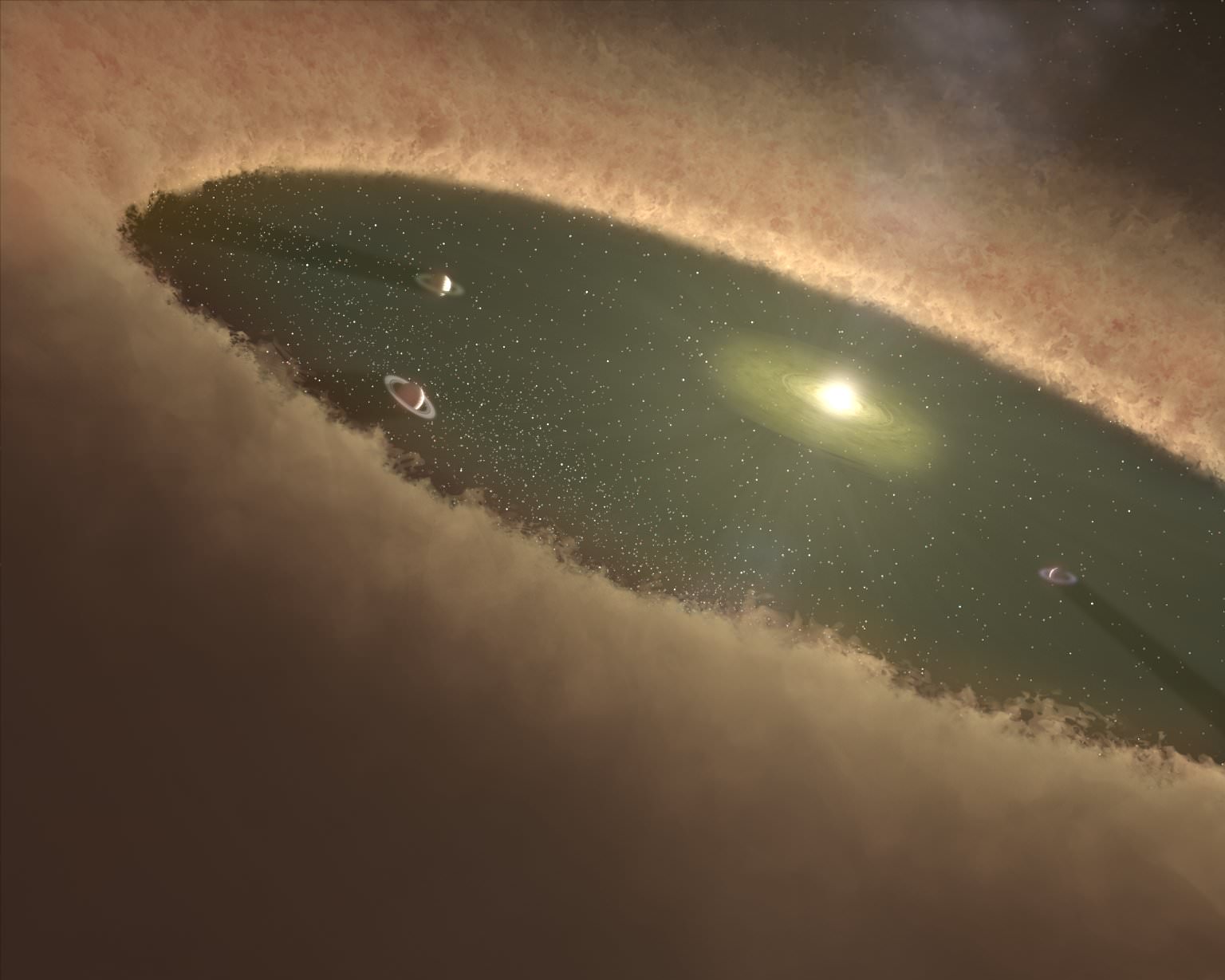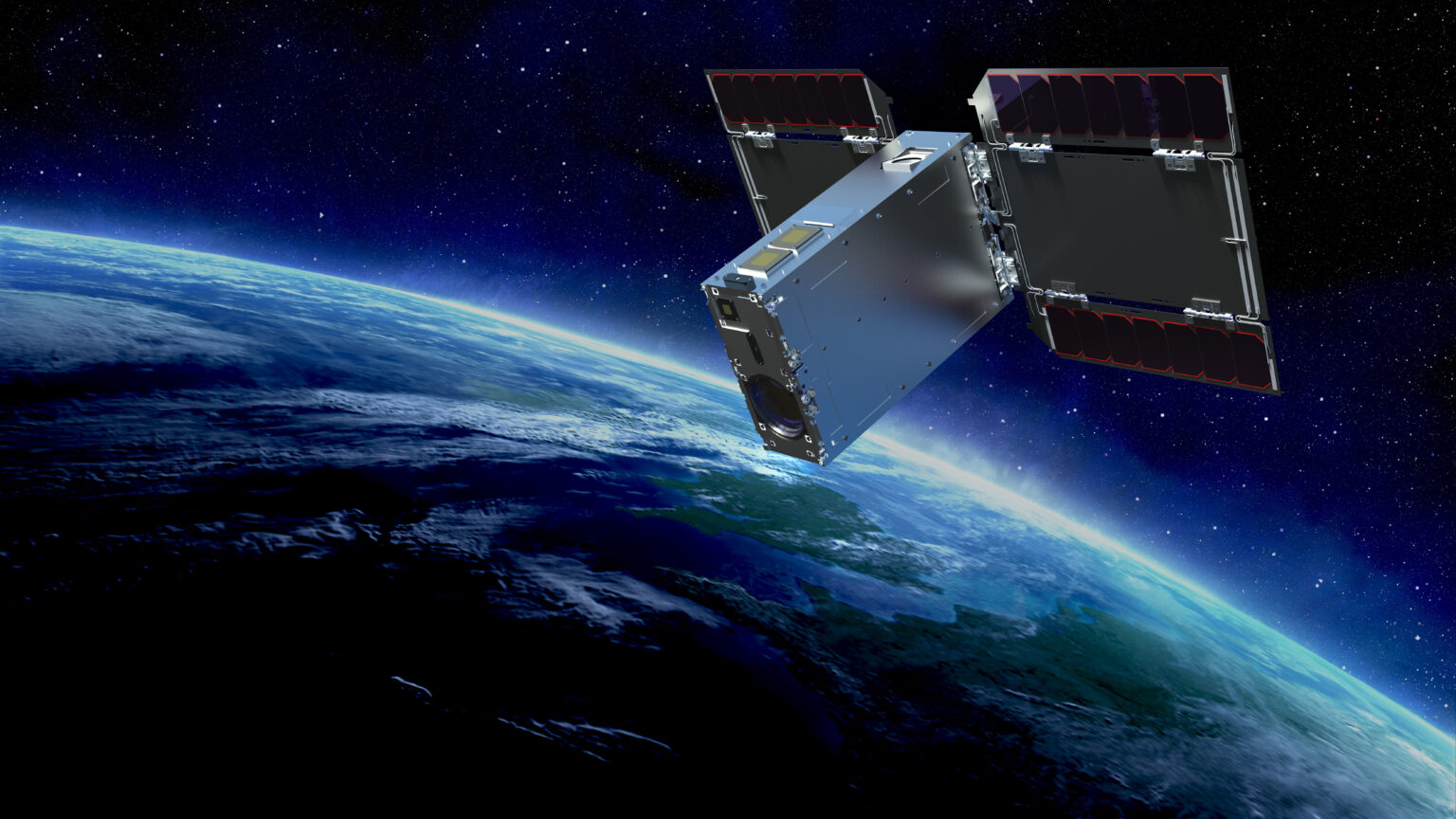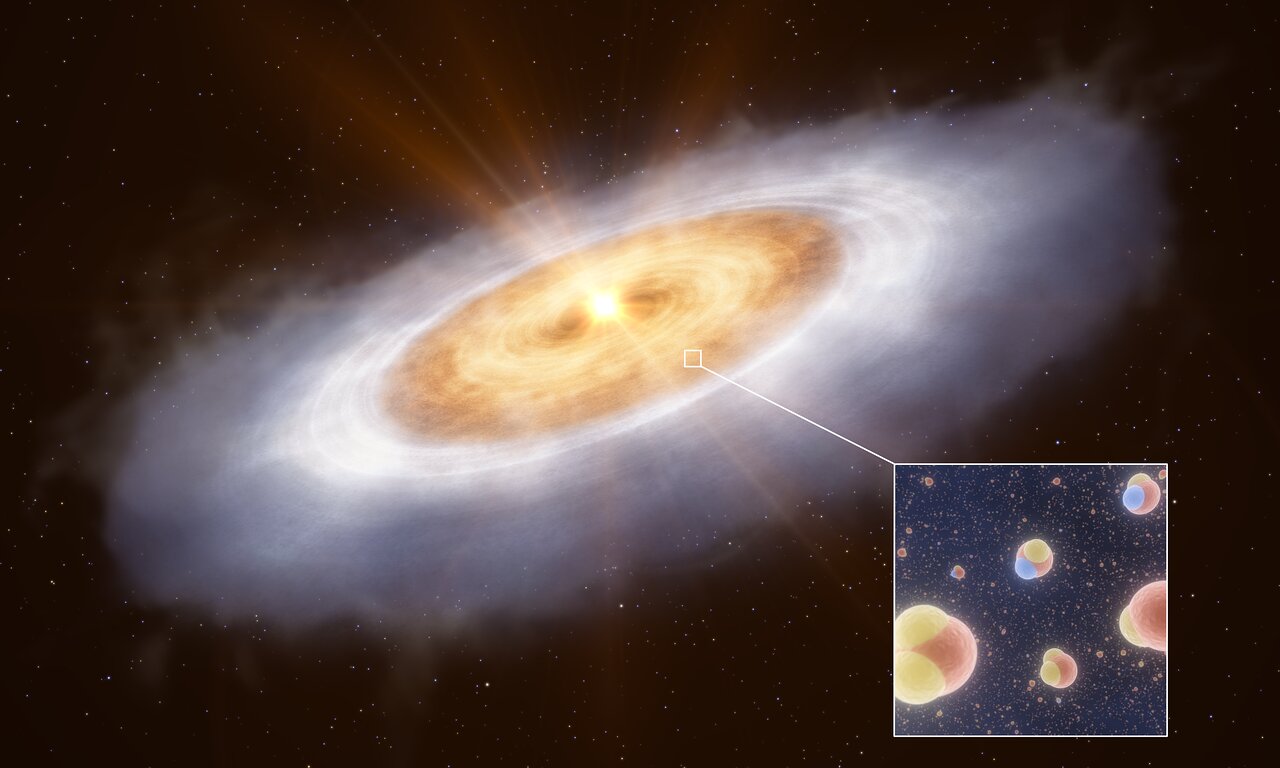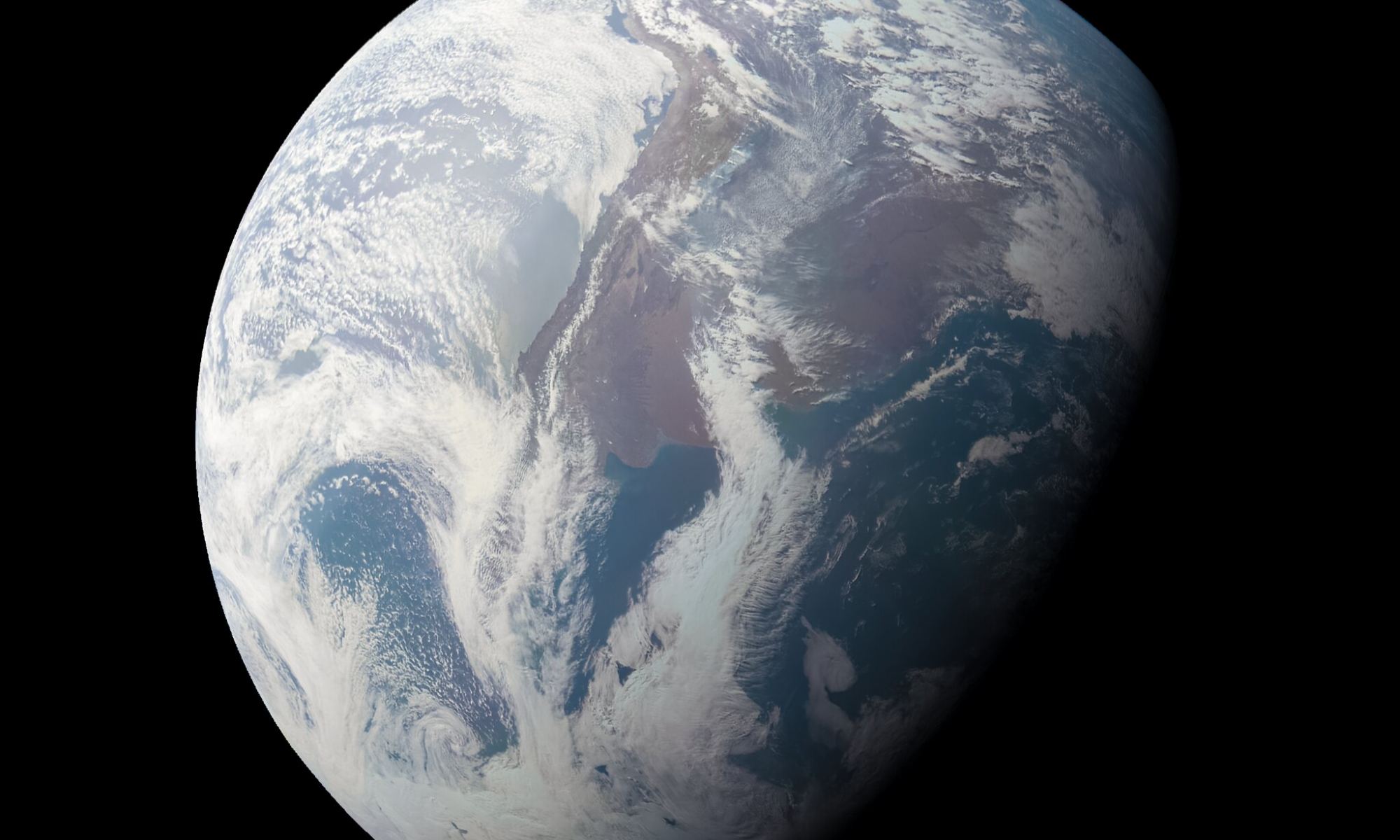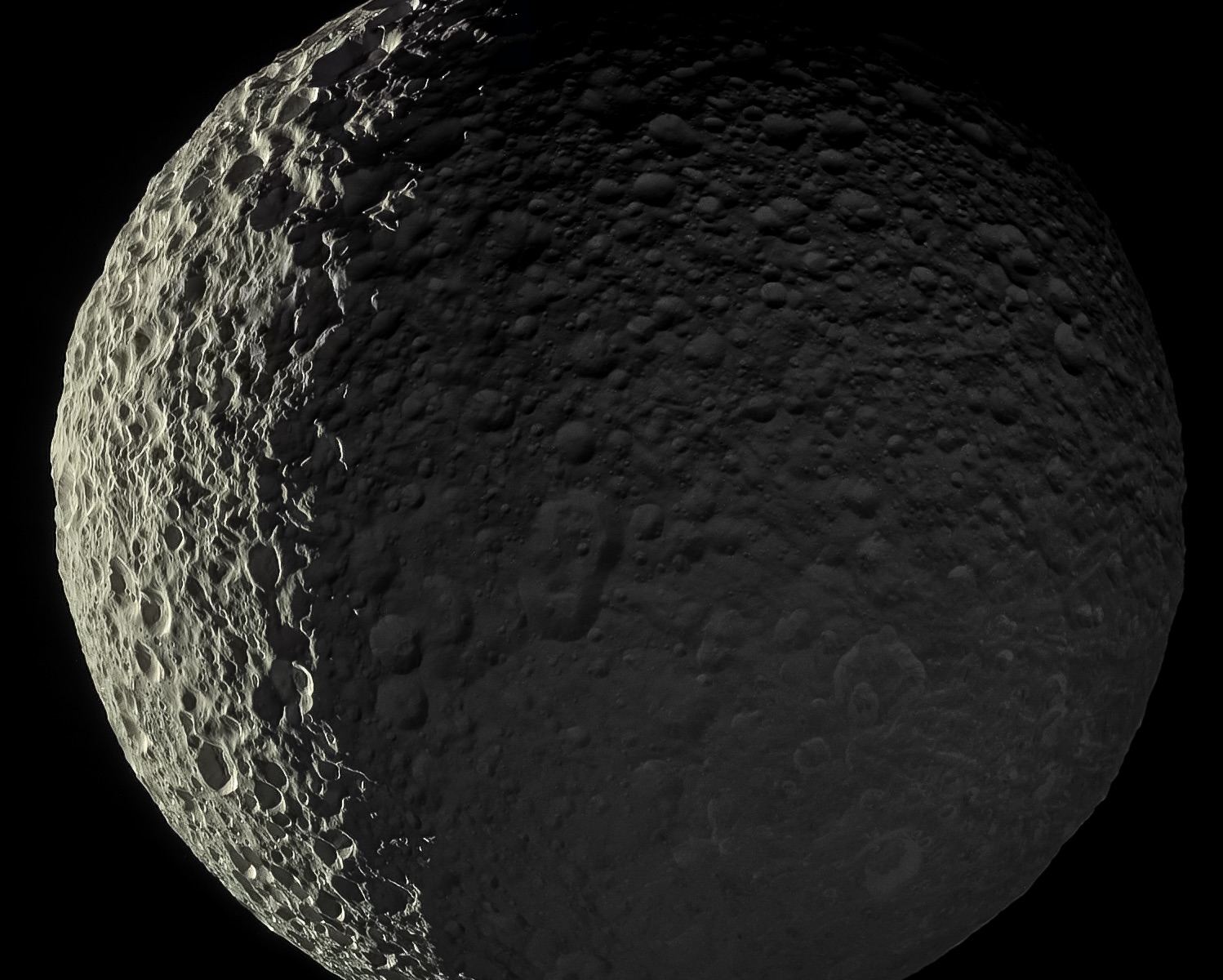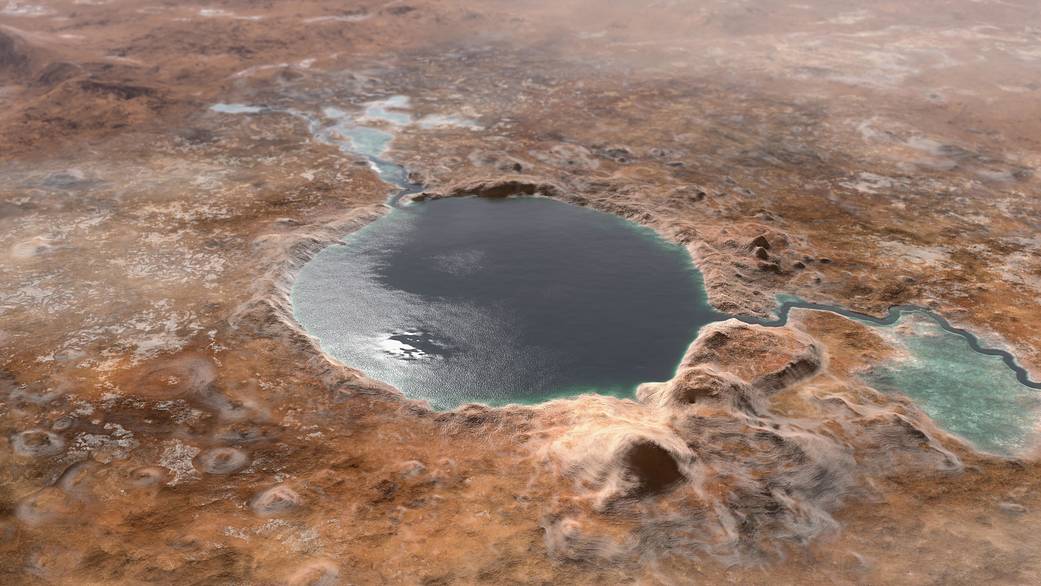Earth formed about 4.6 billion years ago. That simplistic statement is common, and it’s a good starting point for understanding our planet and our Solar System. But, obviously, Earth didn’t form all at once. The process played out for some period of time, and the usual number given is about 100 million years.
New research suggests that Earth formed more quickly than that in only a few million years.
Continue reading “Earth Might Have Formed in Just a Few Million Years”
